This xBmt was completed by a member of The Brü Club in collaboration with Brülosophy as a part of The Brü Club xBmt Series. While members who choose to participate in this series generally take inspiration from Brülosophy, the bulk of design, writing, and editing is handled by members unless otherwise specified. Articles featured on Brulosophy.com are selected by The Brü Club leadership prior to being submitted for publication. Visit The Brü Club Facebook Group for more information on this series.
Author: Matt Skillstad
While I’ve had success fermenting with liquid yeasts, I like to keep a stock of various dry strains on-hand because their longer shelf-life means less planning is required for those spur-of-the-moment brew days, which aren’t infrequent for this father of five. Furthermore, dry yeast tends to cost less, have decent pitch rates, and don’t require propagation in a yeast starter.
Here in the Midwest, winter usually brings a fair amount of snow, which means sledding and hot chocolate for the kids, while for me it means shoveling snow then sitting down with a tasty Stout to warm up afterwards. I typically only brew Stout to have around during the cooler months, and while I’ve made several decent batches over the years with a variety of yeasts, I’ve been most pleased with those fermented with a strain known to be sourced from the famed Guinness Brewery including Imperial Yeast A10 Darkness.
Unfortunately, there is no dry yeast available that’s said to be a direct equivalent to the Guinness strain, and recommendations for what to use instead seem to be all over the map. One of the more common suggestions is LalBrew Nottingham, likely because of its English origin, though I struggled to find an exact brewery source for this popular yeast. I’ve used “Notty” numerous times and, based on my experience, it seemed like a safe bet when my preferred liquid yeast was unavailable. Was I sacrificing quality for convenience? I decided to test it out for myself.
| PURPOSE |
To evaluate the differences between a Stout fermented with Imperial Yeast A10 Darkness and the same beer fermented with LalBrew Nottingham yeast.
| METHODS |
With winter upon us and the holidays approaching, I put together a slightly stronger version of an Irish Extra Stout to test this variable out.
Notty Or Nice
Recipe Details
| Batch Size | Boil Time | IBU | SRM | Est. OG | Est. FG | ABV |
|---|---|---|---|---|---|---|
| 6 gal | 40 min | 35.5 IBUs | 35.7 SRM | 1.066 | 1.017 | 6.4 % |
| Actuals | 1.066 | 1.016 | 6.6 % | |||
Fermentables
| Name | Amount | % |
|---|---|---|
| Pale Ale Malt (Rahr) | 11 lbs | 73.33 |
| Barley, Flaked | 2.375 lbs | 15.83 |
| Chocolate (Briess) | 9 oz | 3.75 |
| Roasted Barley (Bairds) | 9 oz | 3.75 |
| Caramel/Crystal Malt - 75 (Bairds) | 8 oz | 3.33 |
Hops
| Name | Amount | Time | Use | Form | Alpha % |
|---|---|---|---|---|---|
| Nugget | 30 g | 40 min | Boil | Pellet | 12.6 |
| Crystal | 30 g | 0 min | Boil | Pellet | 2.8 |
Yeast
| Name | Lab | Attenuation | Temperature |
|---|---|---|---|
| Imperial Yeast A10 Darkness OR LalBrew Nottingham (A10) | 73% | 62°F - 72°F |
Notes
| Water Profile: Ca 77 | Mg 12 | Na 11 | SO4 36 | Cl 5 |
Download
| Download this recipe's BeerXML file |
I made a starter with a pouch of Imperial Yeast A10 Darkness a couple days ahead of time.
When brew day came around, I collected the full volume of water, adjusted it to my desired profile, and got it heating up before milling the grain directly into my Brew Bag.
Once the water reached strike temperature, I incorporated the grains then checked to make sure I hit my desired mash temperature.
At the end of the 60 minute mash, I removed the grains then proceeded to boil the wort for 40 minutes before chilling it and taking a refractometer reading.
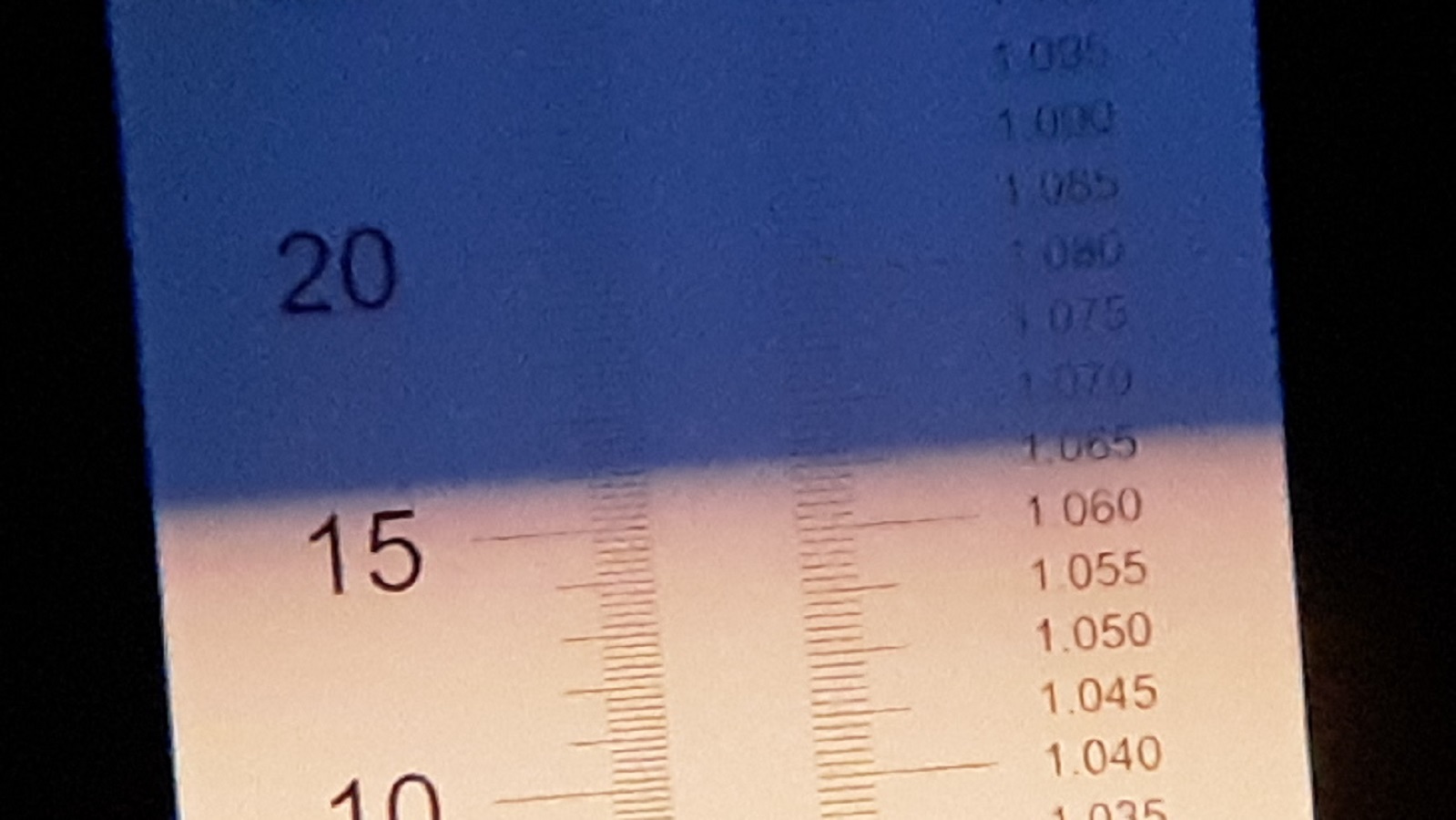
Next, I split the wort evenly between two stainless fermenters.
After moving both sets of wort to my fermentation chamber, I pitched the starter of Imperial Yeast A10 Darkness into one batch while I sprinkled a pack of LalBrew Nottingham into the other batch.
After 13 days of fermentation, I attached a BrüLoonLock to each and began to cold crash.
Hydrometer measurements taken a couple days later showed both beers reached the same FG.

Out of curiosity, I measured the pH of both beers for comparison and found the one fermented with Nottingham yeast finished slightly lower than the one fermented with A10 Darkness.
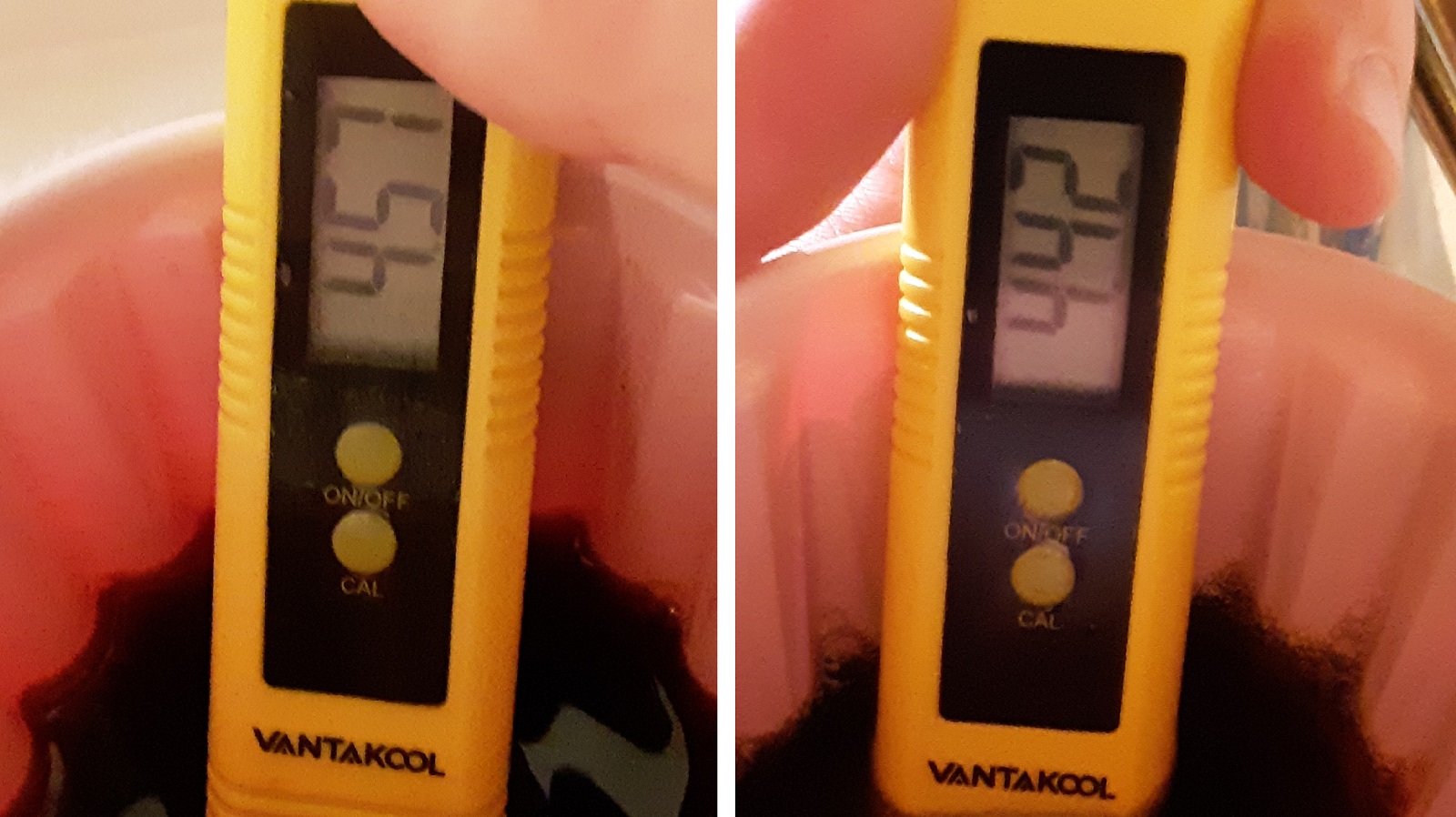
I then racked the beers into sanitized and CO2 purged kegs.
The filled kegs were placed in my kegerator, burst carbonated, and left to condition for a few weeks before I presented them to tasters.
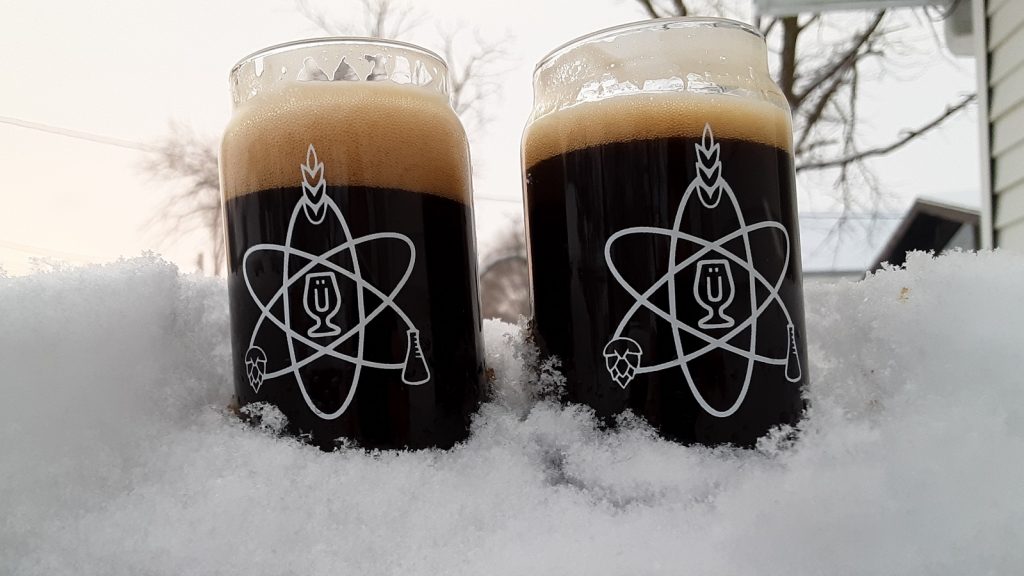
| RESULTS |
A total of 18 people of varying levels of experience participated in this xBmt. Each participant was served 2 samples of the beer fermented with Imperial Yeast A10 Darkness and 1 sample of the beer fermented with LalBrew Nottingham in different colored opaque cups then asked to identify the unique sample. A total of 10 tasters (p<0.05) would have had to accurately identify the unique sample in order to reach statistical significance, though 12 did (p=0.004), indicating participants in this xBmt were able to reliably distinguish a Stout fermented with Imperial Yeast A10 Darkness from one fermented with LalBrew Nottingham yeast.
The 12 participants who made the accurate selection on the triangle test were asked to select the beer they preferred, still blind to the variable. In the end, 6 tasters reported preferring the beer fermented with Imperial Yeast A10 Darkness while 6 liked the LalBrew Nottingham beer more.
My Impressions: Out of the 5 semi-blind triangle tests I attempted, I chose the odd-beer-out exactly zero times. Despite thinking I noticed some differences between the beers early on, my consistent inability to tell them apart suggests that, at least to my palate, they were far more similar than they were different. Both shared an enjoyable bold coffee and dark chocolate roast character that was balanced by a restrained bitterness and a creamy mouthfeel. Definitely a keeper!
| DISCUSSION |
Known for it’s relatively long shelf-life, lower price point, and ease-of-use, one of the main limitations to dry yeast is the lack of variety, forcing users to make certain compromises when selecting a substitute for certain liquid yeast strains. One popular dry yeast is LalBrew Nottingham, which doesn’t have a known liquid equivalent, though some have claimed it produces similar results to the strain sources from the Guinness Brewery. The fact tasters in this xBmt were able to reliably distinguish beers fermented with either strain suggests they do produce unique characteristics when used to ferment Stout.
It’s not terribly surprising that these two yeasts produced perceptibly different beers, after all, A10 Darkness is an Irish ale strain while Nottingham is said to be of English origin. I’m not aware of any dry yeast manufacturers producing an Irish ale strain, but it’s entirely possible another dry yeast such might produce something closer to A10 Darkness.
While these results indicate Nottingham may not a be a perfect substitute for A10 Darkness, my personal experience with these beers suggests it’s pretty dang close, as I couldn’t tell them apart at all. In the future, I won’t hesitate to use LalBrew Nottingham to ferment a Stout when a liquid Irish strain isn’t available.
 Matt Skillstad is a happy husband to a wonderful wife (who likes his beer!) and proud father of 5 young children from Pierce, Nebraska. He has been brewing since 2011 and, in addition to The Brü Club, is a member of the Elkhorn Valley Society of Brewers. He enjoys experimenting with his brewing in an effort to make better beer in less time with less effort. When not brewing or hanging with his family, Matt enjoys bike riding and golfing (poorly).
Matt Skillstad is a happy husband to a wonderful wife (who likes his beer!) and proud father of 5 young children from Pierce, Nebraska. He has been brewing since 2011 and, in addition to The Brü Club, is a member of the Elkhorn Valley Society of Brewers. He enjoys experimenting with his brewing in an effort to make better beer in less time with less effort. When not brewing or hanging with his family, Matt enjoys bike riding and golfing (poorly).
If you have any thoughts about this xBmt, please do not hesitate to share in the comments section below!
Support Brülosophy In Style!
All designs are available in various colors and sizes on Amazon!
Follow Brülosophy on:
FACEBOOK | TWITTER | INSTAGRAM
If you enjoy this stuff and feel compelled to support Brulosophy.com, please check out the Support page for details on how you can very easily do so. Thanks!



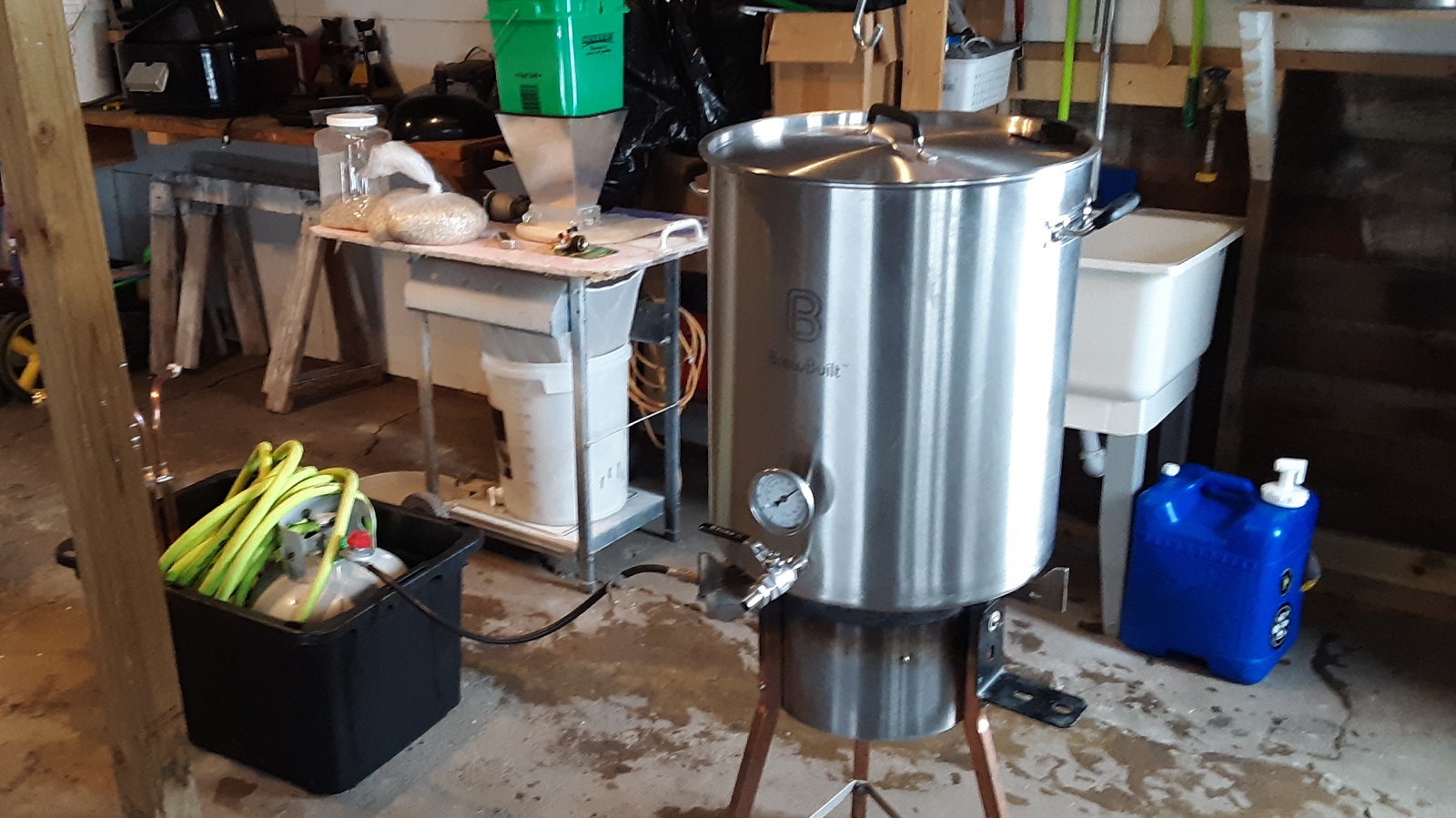
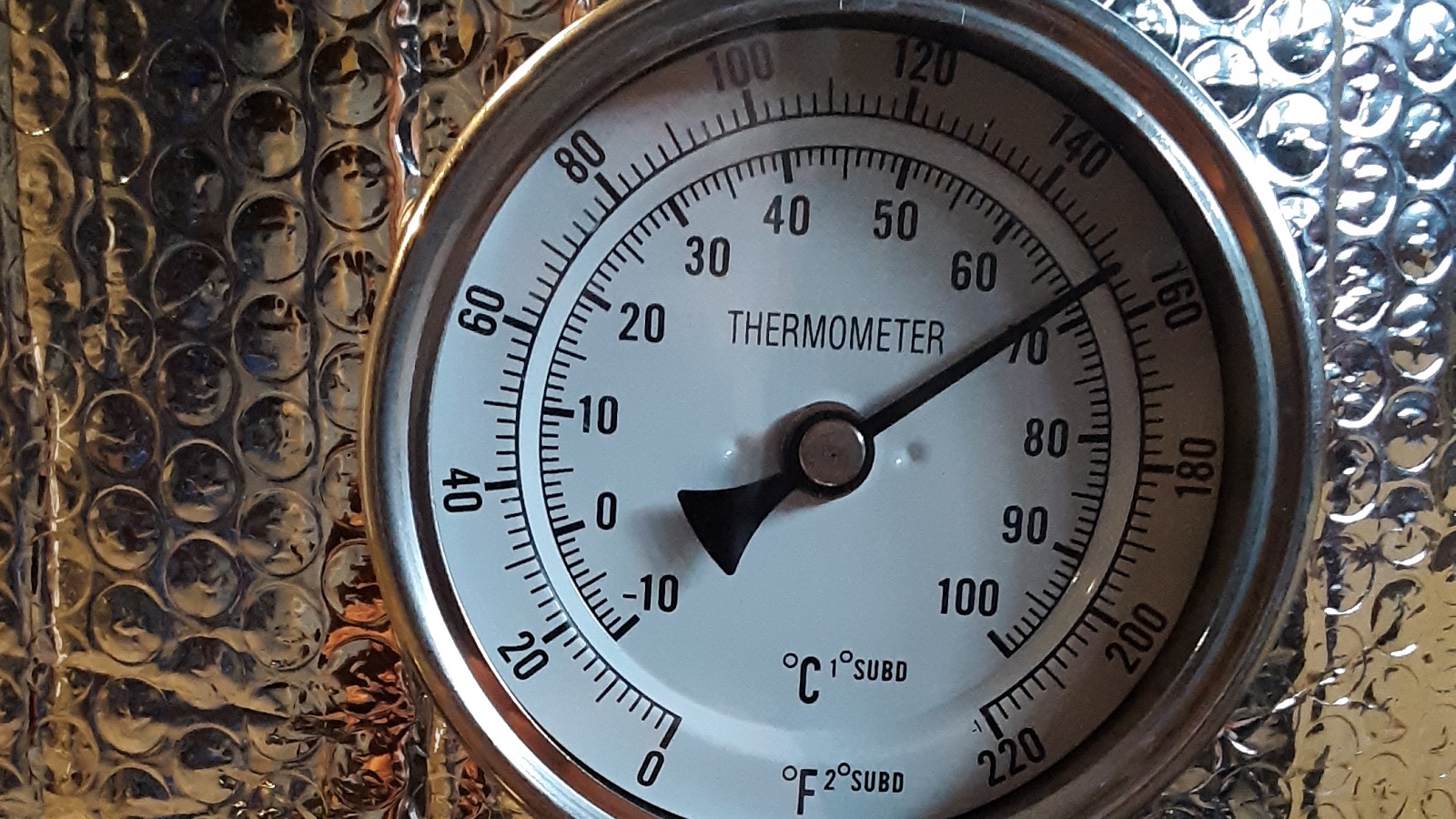
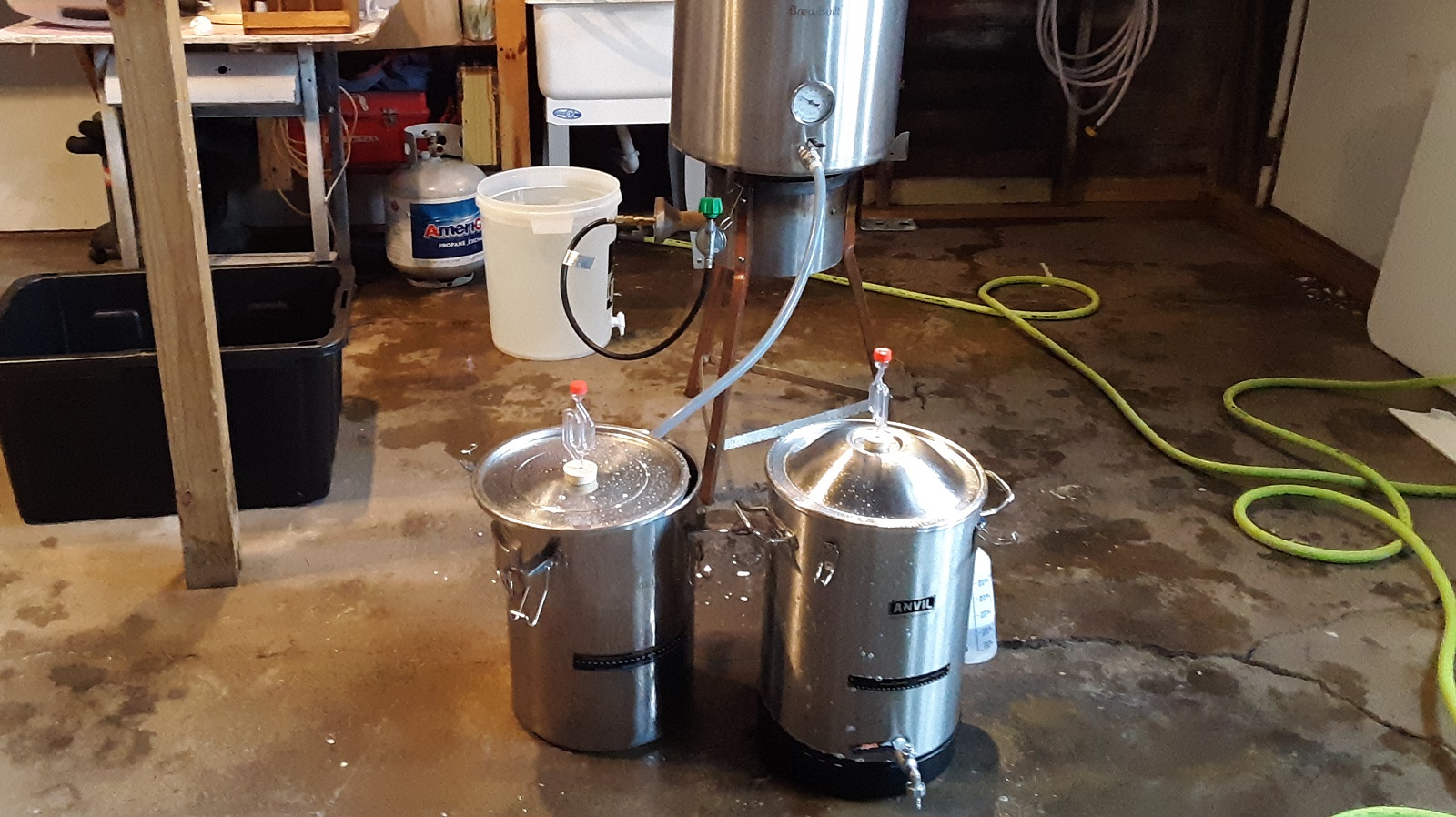
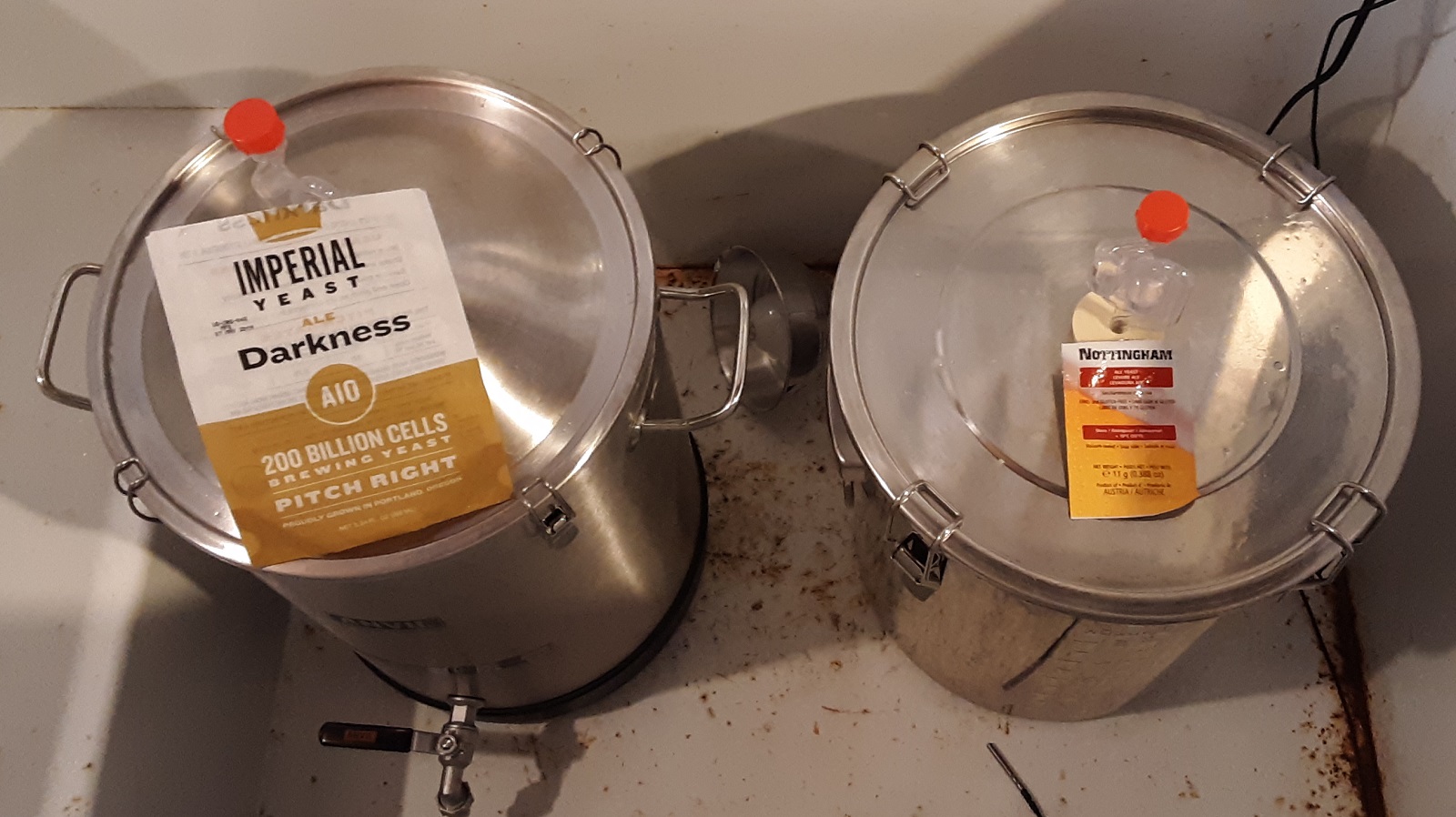
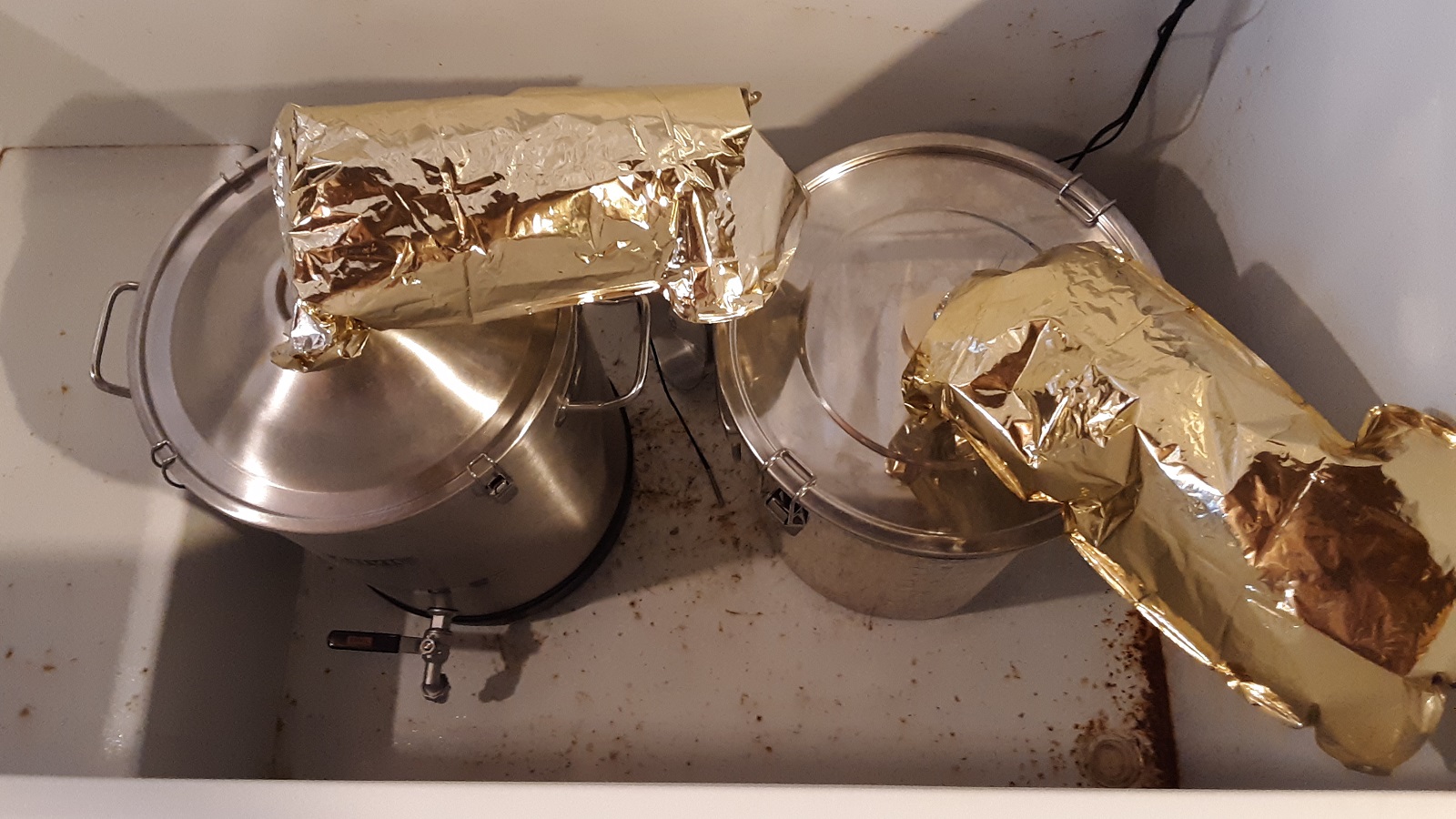
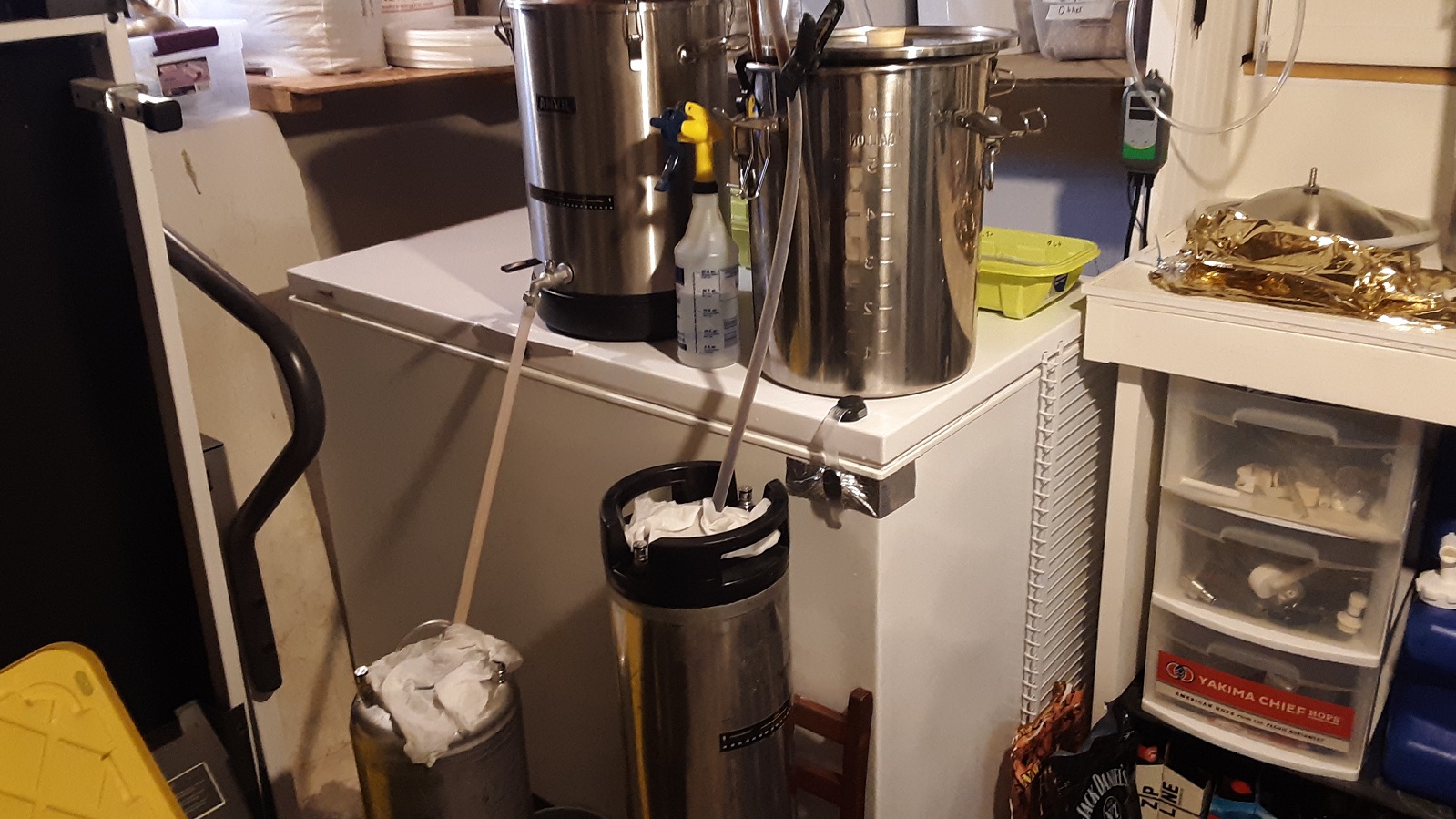











13 thoughts on “The Brü Club xBmt Series | Yeast Comparison: Imperial Yeast A10 Darkness Vs. LalBrew Nottingham”
How do you find time to brew at all? Good for you! Your partner must be a saint!
That she is!
Just tossing this out there if you are willing to deal in home dried yeast. Espe Kveik is pretty easy to get via ebay/facebook groups. And my experience is that it plays great with dark malts. And also adds this dark fruit/plum like ester. It is very similar to the guiness strain for me.
What is the other Stainless Steel bucket you have? I recognize the Anvil, but the other looks like a more affordable option, if so would you recommend it?
Appears to be a Chapman vessel.
It is a Chapman univesel. Unfortunately I wouldn’t recommend it. The quality is a bit rough. The anvil is worth the extra $30 in my opinion.
First, well done Matt!
I found this article, especially the results, to be incredibly interesting! I wonder if the results would be different if the style (and more specifically) the gravity would be different?
For example, I currently have an large RIS fermenting with Darkness (which I did make starter for prior to pitching) that has been seemingly destroying the sugars and I am now really curious if an simple pack of Notty-Yeast would have been sufficient for my big-beer?!?
Your thoughts? My gut tells me that there is no way but I also would have guessed there there would have been an different result of your xBmt…
Thanks again! Found this thought provoking!
Thanks! It’s hard for me to say if the results would be different in a RIS. I don’t brew alot of really high gravity gravity beer.
It used to be that the selection of dry yeasts was rather thin. Not so any more! Danstar London Extra Special Bitter, LalBrew BRY-97 American West Coast Ale, LalBrew Munich Classic Wheat Beer, LalBrew Voss Kveik Ale Dry Yeast, LalBrew® Belle Saison, LalBrew® CBC-1 Cask and Bottle Conditioning Ale, LalBrew® Köln Kolsch, LalBrew® London English Ale, LalBrew® New England Ale, LalBrew® Windsor British Ale, LalBrew® Wit Wheat Beer,Lallemand WildBrew™ Lactobacillus Helveticus, M=Mangrove Jack, M15 – Empire Ale, M20 – Bavarian Wheat, M21 – Belgian Wit, M29 – French Saison Ale, M31 – Belgian Tripel, M36 – Liberty Bell Ale, M41 – Belgian Ale, M42 – New World Strong Ale, M44 – US West Coast, M47 – Belgian Abbey, M54 – Californian Lager, M76 – Bavarian Lager, M84 – Bohemian Lager, Muntons English Ale, SafAle BE-134 Belgian Saison, SafAle BE-256 Belgian (Abbaye Dry Yeast), SafAle K-97 German Ale, Lallemand WildBrew™ Sour Pitch Lactobacillus Plantarum, SafAle S-04 English Ale Dry Yeast (Whitbread Strain), SafAle S-33 Ale, SafAle T-58 Ale, SafAle US-05 American Ale, SafAle WB-06 German Wheat, SafLager S-189 Lager, SafLager S-23 German Lager, SafLager W-34/70 German Lager (Weihenstephan). And I bet I missed some.
I would suggest a follow up experiment. take one of the batches and increase the Cl-SO4 to 3-1. then do a triangle and see witch you prefer. Malty beers are soooo much better with chloride.
I would expect better results from the starter. I think the experiment would be better if you used similar pitch rates.
If my memory serves me (which it doesn’t always….) that pack of Darkness was several months old so I felt a starter was appropriate to help even things out.
Finding a viable cell count for dry yeast is tough from what I’ve read. I’d guess you still probably pitched more cells of Darkness though with that 200 billion cell pack, even if it was a small starter.
Either way, cool experiment!